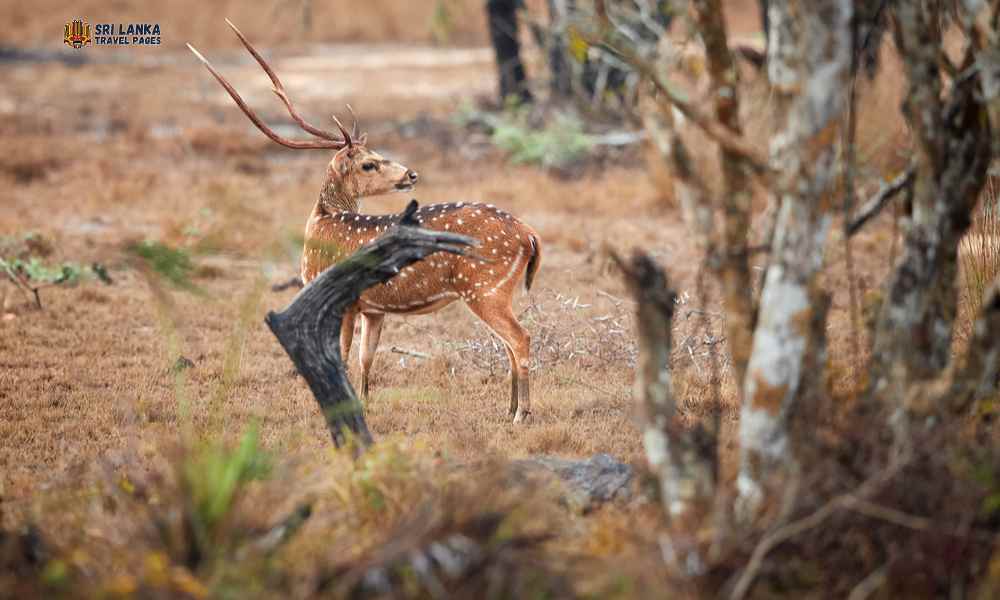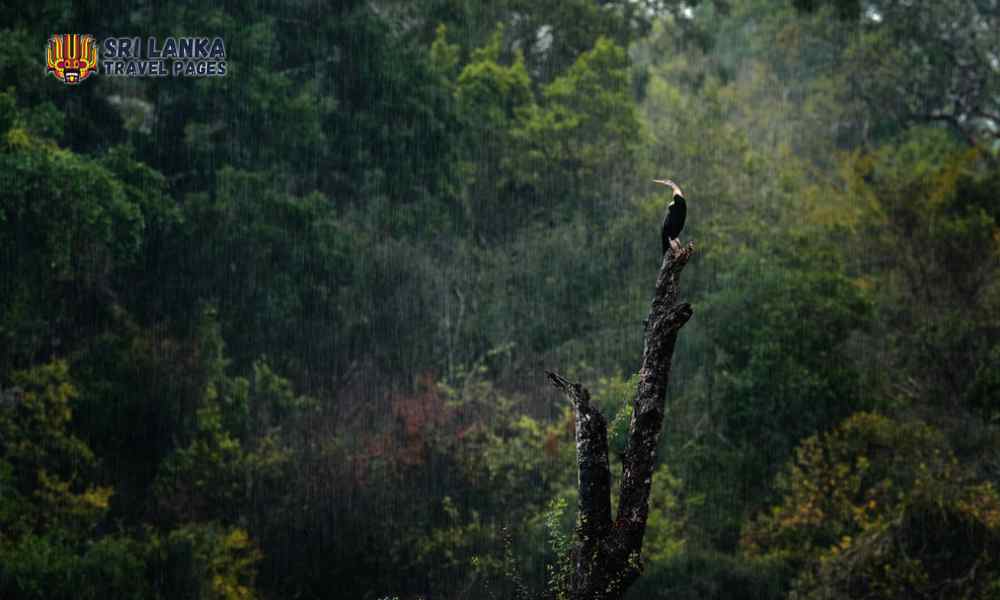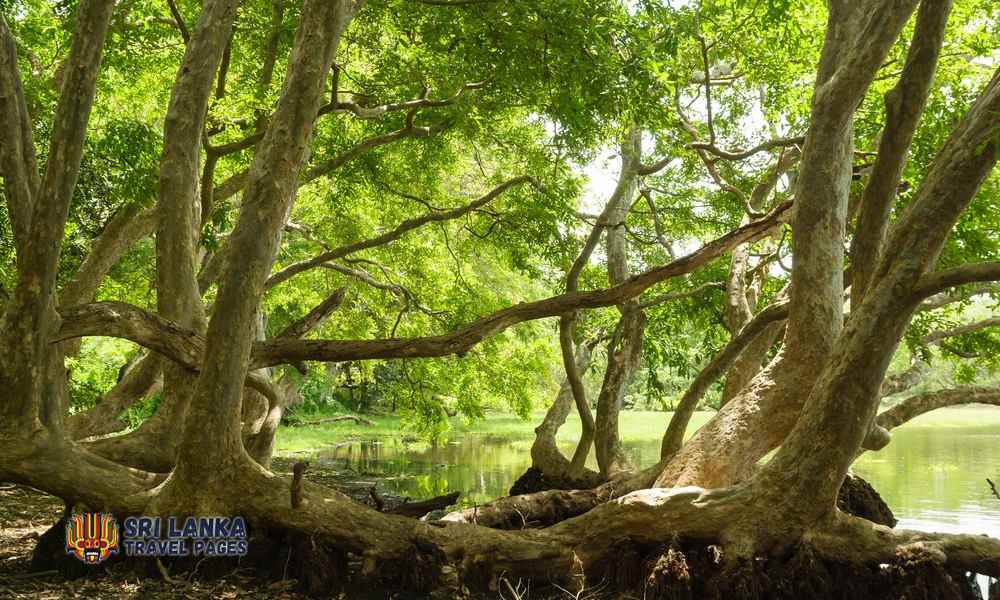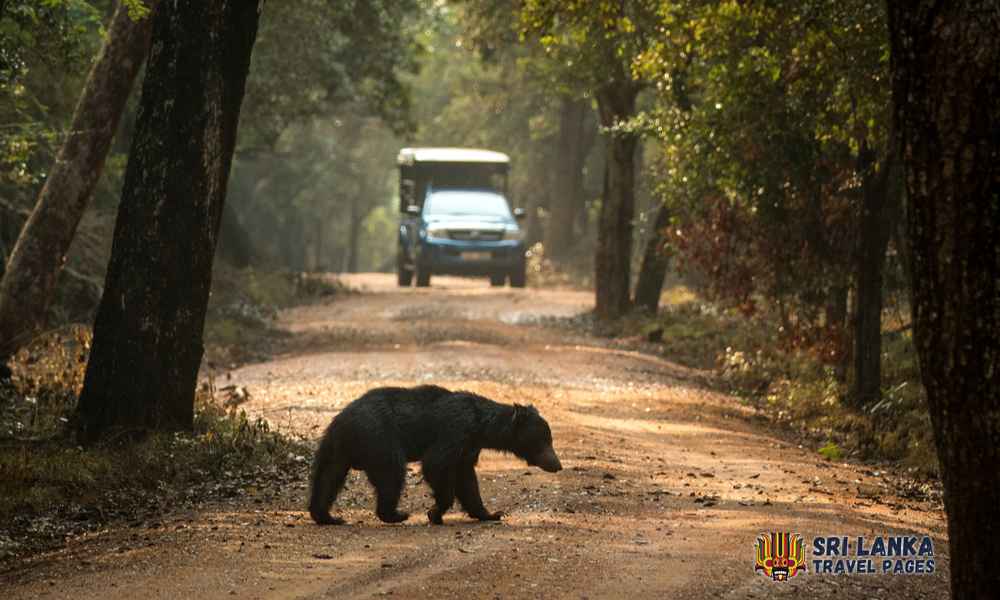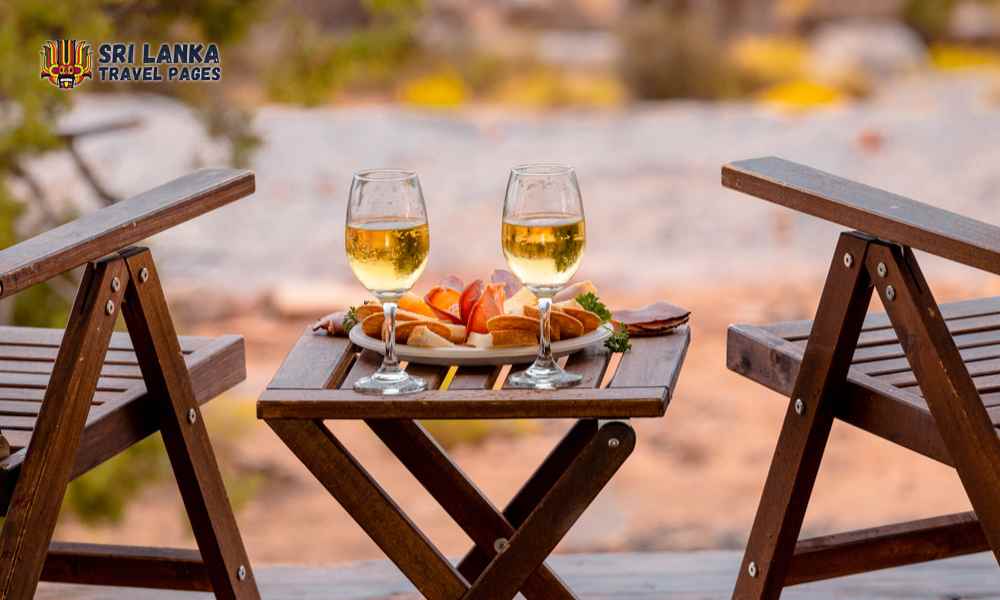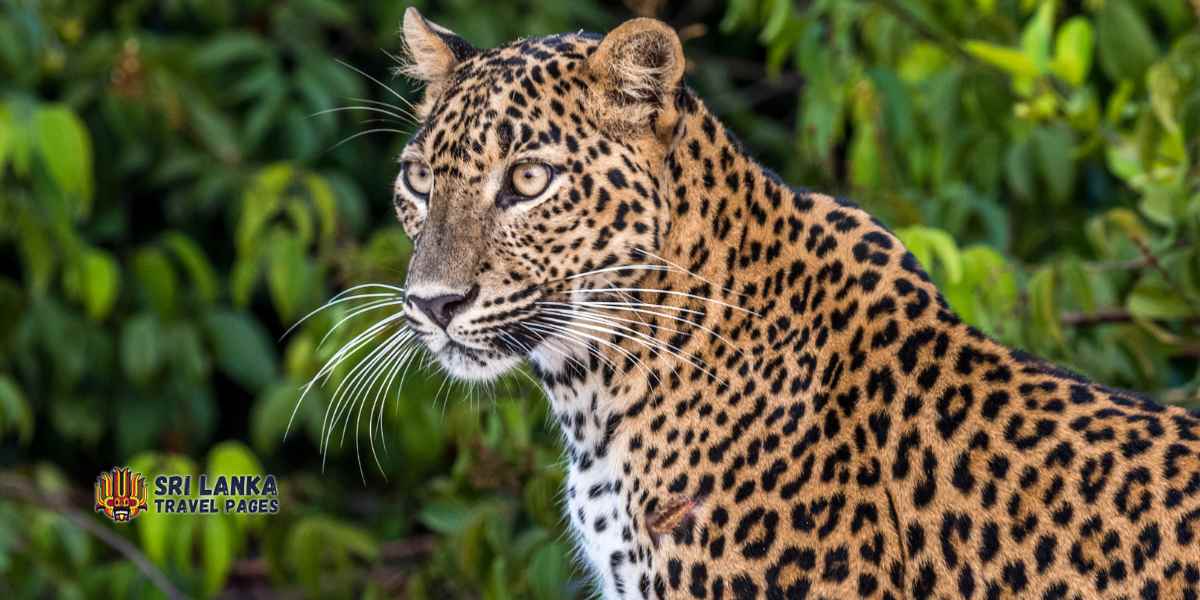
Located on the northwestern coast of Sri Lanka, Wilpattu National Park is one of the country’s oldest and largest national parks. Spanning over 131,693 hectares, it is home to a diverse range of flora and fauna, including the elusive Sri Lankan leopard. This guide will explore everything you need about visiting Wilpattu National Park and experiencing the ultimate safari adventure.
Introduction to Wilpattu National Park
Wilpattu National Park is a nature reserve located on the northwest coast of Sri Lanka. Covering an area of 131,693 hectares, it is the largest national park in the country and is renowned for its rich biodiversity and stunning natural beauty. The park has diverse flora and fauna, including several endemic and endangered species.
Wilpattu National Park is known for its natural lakes, or “villus”, which provide a habitat for various waterbirds, reptiles, and mammals. The park is also home to several large mammals, including the Sri Lankan leopard, sloth bear, water buffalo, sambar deer, spotted deer, barking deer, and wild boar.
The park’s vegetation cover comprises monsoon forests, dry mixed evergreen forests, thorny scrub jungles, and grasslands. Visitors can expect to see a variety of trees and plants during their visit, including the palu, satinwood, weera, ebony, and bulletwood trees.
Wilpattu National Park has a rich cultural history, with evidence of ancient settlements dating back to the 3rd century BC. The park was declared a wildlife sanctuary in 1905 and a national park in 1938. Today, it is a popular destination for wildlife enthusiasts, nature lovers, and adventure seekers.
Visitors to Wilpattu National Park can enjoy various activities, including safaris, birdwatching, and nature walks. The park offers a variety of safari options, including morning, afternoon, and full-day safaris. In addition, visitors can explore the park in a jeep, which a trained driver and a naturalist guide drive.
Getting to Wilpattu National Park
Wilpattu National Park is located on the northwestern coast of Sri Lanka, approximately 180 kilometres from Colombo, the capital city of Sri Lanka. Visitors can reach the park via several modes of transportation, including:
Wilpattu National Park is located on the northwestern coast of Sri Lanka, approximately 180 kilometres from Colombo, the capital city of Sri Lanka. Visitors can reach the park via several modes of transportation, including:
- Private Car or Taxi: The most convenient way to get to Wilpattu National Park is by private car or taxi. This option allows visitors to travel at their own pace and make stops. Visitors can hire a taxi or a personal vehicle from Colombo or any other major city in Sri Lanka.
- Public Bus: Public buses are cheaper for visitors travelling to Wilpattu National Park. Visitors can take a bus from Colombo or any other major city in Sri Lanka to Anuradhapura or Puttalam, the nearest town to the park. Visitors can take a taxi or a tuk-tuk to the park entrance.
- Train: Visitors can take a train from Colombo to Anuradhapura or Puttalam, the nearest train station to the park. Visitors can take a taxi or a tuk-tuk to the park entrance.
- Air: Visitors can also take a domestic flight from Colombo to Anuradhapura, the nearest airport to the park. Visitors can take a taxi or a tuk-tuk to the park entrance.
Once visitors reach the park entrance, they can purchase tickets and hire a jeep with a driver and a naturalist guide for a safari inside the park. Visitors should note that the roads inside the park can be rough and bumpy, so it is recommended to hire a 4×4 jeep for a comfortable and safe safari experience.
Best Time to Visit Wilpattu National Park
The best time to visit the park depends on the visitor’s preference and the wildlife sightings they hope to experience. Here’s a guide to help you decide when to visit Wilpattu National Park:
Dry Season: The dry season in Wilpattu National Park is from May to September, and it is the best time to visit the park for wildlife sightings. During this time, the vegetation in the garden is dry, and the waterholes and natural lakes are the only water source for the animals. As a result, wildlife sightings are more common, and visitors are more likely to see large mammals such as elephants, leopards, and sloth bears. The park is also less crowded this season, making it an excellent time for those looking for a quieter safari experience.
Wet Season: The wet season in Wilpattu National Park is from October to February, the best time to visit for birdwatching. During this time, the park is lush and green, and the lakes and waterholes are filled with water. The park is home to over 200 species, including migratory birds that visit during winter. Visitors can expect to see a variety of waterbirds, raptors, and forest birds during this season. However, wildlife sightings may be less frequent this season, as the animals can access water throughout the park, and the vegetation can be dense and obstruct views.
Shoulder Season: The shoulder season in Wilpattu National Park is from March to April, and it is a great time to visit for those looking to avoid crowds. During this time, the park is transitioning from the wet season to the dry season, and wildlife sightings can still be frequent. However, visitors should expect some rain during their visit, and the park may be less accessible due to flooded roads.
Flora and Fauna of Wilpattu National Park
Wilpattu National Park, located on the northwestern coast of Sri Lanka, is renowned for its diverse flora and fauna. The park spans an area of 131,693 hectares, comprising natural lakes or “villus,” dense forest cover, and open grasslands. Here, we will explore the unique flora and fauna of Wilpattu National Park.
Flora: Wilpattu National Park boasts a unique vegetation cover due to its diverse landscape. The park comprises monsoon forests, dry mixed evergreen forests, thorny scrub jungles, and grasslands. The park’s flora is adapted to the dry climate, with trees shedding their leaves during the dry season to conserve water. Some common tree species in Wilpattu National Park include Weera, Satin, Ebony, Ironwood, and Palu. The park is also home to several species of medicinal plants, including Thumba, Nelli, and Henna.
Fauna: Wilpattu National Park is known for its diverse range of wildlife. The park is home to over 31 species of mammals, including the elusive Sri Lankan leopard, the park’s main attraction. Other mammals in the park include sloth bears, water buffalo, sambar deer, spotted deer, barking deer, and wild boar.
The park is also home to over 200 species of birds, including the endemic Sri Lanka junglefowl, Sri Lanka grey hornbill, and brown-capped babbler. In addition, the park’s natural lakes or “villus” attract a wide range of waterbirds, including painted stork, Asian openbill, and lesser whistling ducks.
Reptiles are also common in Wilpattu National Park, with several species of snakes, lizards, and crocodiles in the park. The park is also home to several species of amphibians, including the endemic Sri Lanka frog.
Conservation Efforts: Wilpattu National Park is a protected area, and the Sri Lankan government has implemented several conservation measures to preserve the park’s unique flora and fauna. The park is designated as a biosphere reserve by UNESCO, and several research projects have been conducted to study the park’s wildlife and ecosystem.
Visitors to Wilpattu National Park are required to follow strict guidelines to protect the park’s flora and fauna. For example, safari vehicles are prohibited from driving off-road, and visitors must keep safe from wildlife.
Wilpattu National Park Safari Experience
Safari Options: Wilpattu National Park offers a variety of safari options to visitors, including morning, afternoon, and full-day safaris. Visitors can explore the park in a jeep, which can accommodate up to six people and is driven by a trained driver and a naturalist guide. The jeeps are equipped with binoculars and other necessary equipment to ensure visitors have a comfortable and safe safari experience.
Safari Experience: A typical safari in Wilpattu National Park lasts two to four hours, depending on the chosen safari option. The park is home to several species of wildlife, including the Sri Lankan leopard, sloth bear, water buffalo, sambar deer, spotted deer, barking deer, and wild boar. Visitors can expect to see several of these animals during their safari, and the natural lakes or “villas” in the park are great places to spot waterbirds.
The park’s natural vegetation cover comprises monsoon forests, dry mixed evergreen forests, thorny scrub jungles, and grasslands. Visitors can expect to see a variety of trees and plants during their safari. The naturalist guide will provide information about the park’s flora and fauna and answer visitors’ questions.
Tips for Visitors: Please make early reservations, especially during the busiest times. To ensure a safe and enjoyable safari experience, visitors are advised to follow the guidelines set by the park authorities. In addition, visitors should wear comfortable clothing and shoes and bring sunscreen, a hat, and insect repellent. Carrying a water bottle to stay hydrated during the safari is also essential.
Visitors should respect the park’s flora and fauna and avoid littering or disturbing wildlife. Maintaining a safe distance from nature and following the naturalist guide’s instructions is essential. Wear comfortable shoes and proper clothing for the weather. Bring sunscreen, bug repellent, and a hat for sun protection. Respect the wildlife and adhere to your guide’s recommendations.
Accommodation Options near Wilpattu National Park
Several accommodation options are available for visitors near Wilpattu National Park, ranging from budget-friendly guesthouses to luxurious safari lodges. Some of the popular options include:
- Leopard Trails Wilpattu: Leopard Trails is a luxury safari camp located just 10 minutes away from the park entrance. The camp offers fully furnished tents with en-suite bathrooms, hot water, and air conditioning. The camp also offers guided safaris, meals, and other amenities inside the park.
- Glamping Wilpattu by Thamaravila: The famed Wilpattu National Park in Sri Lanka is just next to Thamaravila Wilpattu, a wildlife lodge that provides a rich safari experience. At Wilpattu, spread on a 9-acre property and surrounded by abundant wildlife, Thamaravila Wilpattu offers a private retreat with first-rate comfort, delectable cuisine, and a significant wildlife experience.
- Dolphin Beach Resort: The Dolphin Beach Resort is a budget-friendly option located near the beach in Kalpitiya, about an hour’s drive from Wilpattu National Park. The resort offers basic amenities such as air conditioning, hot water, and Wi-Fi.
- Mahoora – Wilpattu by Eco Team: A luxurious safari lodge, The Mahoora – Wilpattu by Eco Team, is approximately 10 minutes from the park’s entrance. The resort provides fully equipped tents with air conditioning, hot water, and private toilets. Also, the resort provides meals, guided safaris, and other services inside the park.
- Big Game Camp Wilpattu: The Big Game Camp is a luxury safari lodge located just 10 minutes away from the park entrance. The lodge offers fully furnished tents with en-suite bathrooms, hot water, and air conditioning. The lodge also offers guided safaris, meals, and other amenities inside the park.
These are just a few of the many accommodation options available near Wilpattu National Park. Visitors should book their accommodations in advance, especially during peak season, to ensure availability.
Wildlife enthusiasts and admirers of nature should travel to Wilpattu National Park. It provides a fascinating safari experience with its unique environment, varied vegetation, and animals.
Article by
Ravindu Dilshan Illangakoon
As co-founder and Head of Content at Sri Lanka Travel Pages, I ensure that every blog post we publish is AMAZING.

